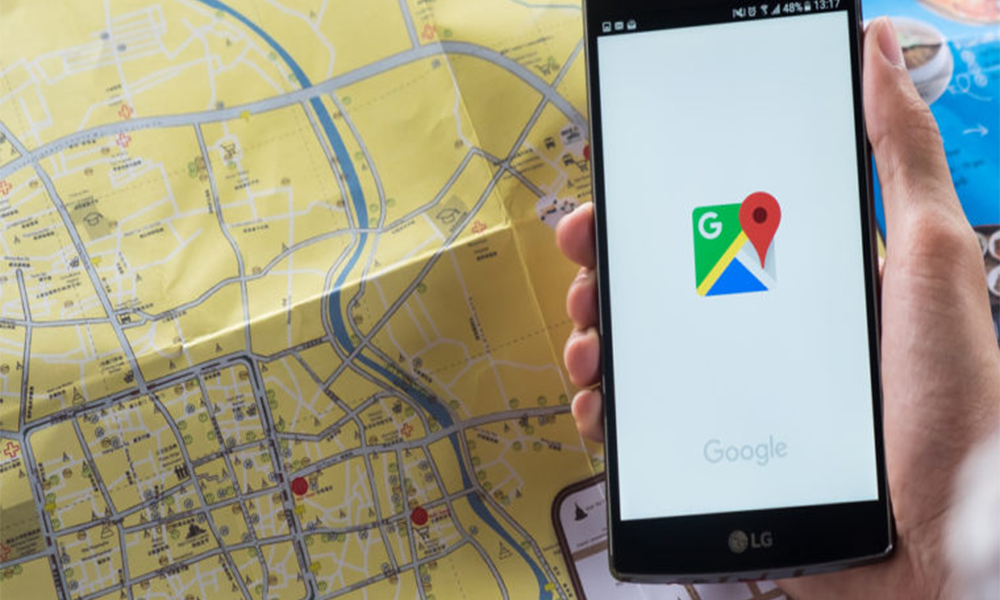Using Google Maps to Improve Delivery and E-Commerce Experience
The COVID-19 pandemic has forced many stores and restaurants across the globe to down shutters. A common question customers ask is how soon will delivery facilities for these businesses commence.
Here, we see how Google Maps can help business owners improve the e-commerce and delivery experience for their customers.
Reduce Delivery Errors
A business offering delivery services needs to ensure that their parcels reach the right place at the right time. For this, an accurate address and clear directions are essential to minimize delivery errors and packages that need to be returned.
The Autocomplete API by Google Maps comes with a 'Type Ahead' prediction feature for addresses. Business owners can integrate the Autocomplete API with their checkout process to reduce checkout time, improve address accuracy, and minimize delivery errors.
The Geocoding API can use the address received from the Autocomplete API to nail down the latitude and longitude position of the customer's delivery address. The 'Place_ID' in the Autocomplete API can be used for this.
Users have the choice to display a map with a pin to confirm the drop-off or delivery location(s). This helps provide customers with real-time visual feedback. The positioning of the pin also allows users to further refine the delivery location.
'Plus Codes' from Geocoding APIs and Place Autocomplete can be used where locations lack official or accurate addresses. These 'Plus Codes' and APIs can provide delivery personnel with accurate locations.
Efficient Driver Assignment Process
Google Maps Platform can help organizations that run delivery services with a fleet of vehicles and drivers. The platform can be used to efficiently leverage real-time traffic information to ensure deliveries are completed efficiently in the least possible time.
Google Maps Platform's Distance Matrix API can be used to compare the estimated delivery time from different available depot locations or warehouses. In conjunction with the traffic_model parameter, this can provide users with approximate travel time and duration for the shipment to reach the customer.
Google Maps Platform also factors real-time traffic information which allows users to choose the driver location with the minimum possible time required for pickup of the shipment and delivery. This ensures customers get the benefit of the fastest possible order completion and leads to an overall improvement in the operational efficiency.
Shorter duration times mean more orders can be fulfilled and delivered each day.
When faced with below-par GPS data, the Platform's Roads API can be leveraged to snap a driver's basic device location onto a likely position on the search engine's road network. These positions can be then used as the location for the Distance Matrix API or the Directions API.
Identify the Optimal Delivery Route
Once a driver has been identified, the next stage is to ensure that the shipments are delivered to the drop-off point as quickly as possible. Google Maps Platform's Directions API provides users with turn-by-turn directions and real-time traffic information. Drivers can use this to choose the quickest possible route and accurately predict the duration of upcoming sections of their route with the help of the 'traffic_model parameter'. This ensures that deliveries are fulfilled using the shortest possible distance.
Additionally, users can deploy Street View used in a native app built using Google Maps iOS or Android SDK to display images of the drop-off location to drivers. When drivers know what the location looks like in advance, they spend less time searching or getting confirmation once they reach. This further reduces the time spent at the drop-off point.
The native Google Maps application can also be used to trigger voice guidance for real-time turn-by-turn navigation.
Keep Customers Informed About the Estimated Time of Delivery
The Directions API can be used to analyze the time remaining for the ETA of the next delivery. Alternatively, the Distance Matrix API can also be used to check the ETA of multiple locations simultaneously.
Real-time traffic information can be used to keep customers updated about changes in road conditions.
Organizations can use Google Maps Platform's JavaScript API to build a basic, web-based delivery tracker to enable customers to track the status of their delivery in real-time. This helps cut down the volume of delivery time-related customer queries that a company may receive.
Last, it is of paramount importance to protect your customer's privacy include location details. When using data related to a customer's location, it is critical to check and comply with the different privacy terms including those related to the location of the end-user. These terms are detailed in the Terms of Service for the Google Maps Platform.
